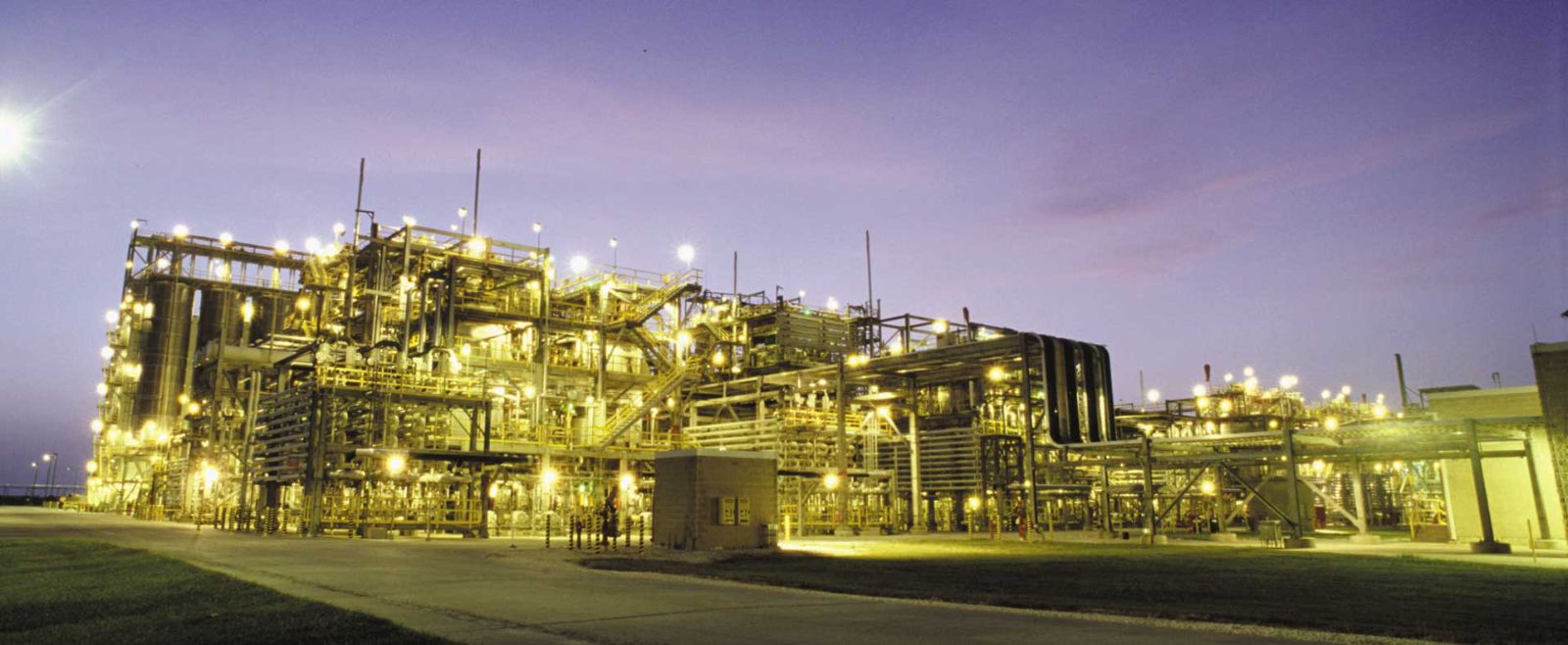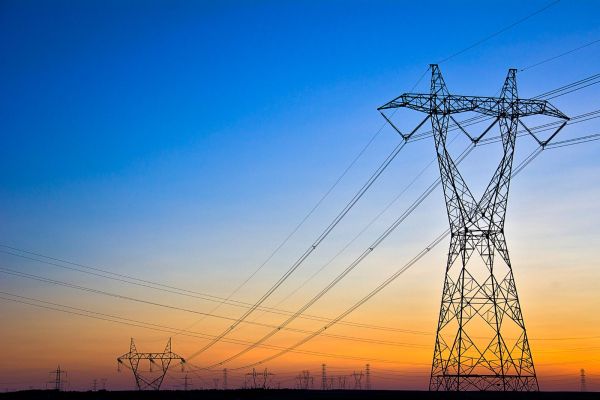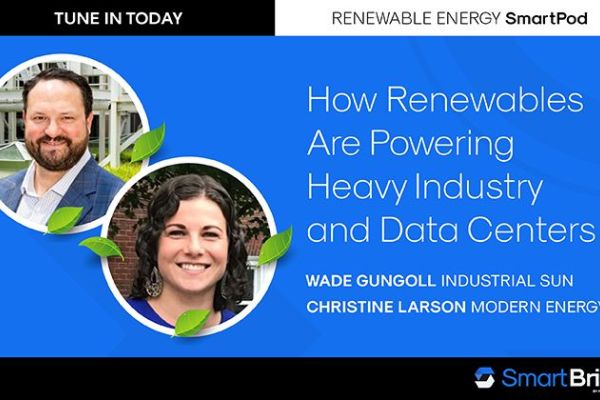New solar project from Industrial Sun is a win for the planet and people
Insights
Jul 08, 2024
Written by the Industrial Sun team

A Q&A with Alexandra Williams reveals how a new net-metered solar PPA is driving triple-bottom-line value for LyondellBasell (LYB), a leader in the global chemical industry creating solutions for everyday sustainable living, and its surrounding community.
Industrial decarbonization is not only possible with utility-scale solar — it’s already underway at the LyondellBasell Matagorda facility, due to a new power purchase agreement (PPA) for net-metered industrial solar in Texas.
Beginning operations in 2026, the 50 MWac solar project built by Industrial Sun will provide solar powered energy directly to the LyondellBasell Matagorda Complex, helping drive LYB’s commitment to procure 50% of its electricity from renewable sources by 2030[1]. In addition to reducing emissions, this long-term PPA for LYB’s Matagorda facility will also deliver significant energy cost savings, help stabilize the local grid, and support jobs.
For an insider perspective on this visionary solar partnership, we sat down with Alexandra Williams, Vice President of Origination, Industrial Sun, to discuss the broad-based benefits of utility-scale net-metered solar — and what other industrial leaders can learn from LyondellBasell’s decision to execute a net-metered industrial solar PPA for its Matagorda facility.
How would you describe the Industrial Sun project at a high level?
Alexandra Williams: This project is a perfect example of our work. Unlike most renewable power projects, which are located far away from the people who will actually use those electrons, we deliver renewable energy directly to the buyer of that power. So this project is not about transporting electrons across miles and miles — it’s fenceline to fenceline. You will be able to see the solar project directly from LYB’s Matagorda facility.
When you see solar on top of homes, grocery stores, or parking garages, you might think, ‘wow, that store is actually using the power that solar is making right there.’ That’s basically what we’re doing, but on a much, much bigger scale.
How will this project help LYB get closer to its 2030 renewable energy targets and reduce greenhouse gas emissions?
Williams: LYB has a number of sustainability goals which are further detailed in its recently released 2023 Sustainability Report. LYB recognizes there are multiple avenues available to procure renewable power, and consuming locally generated clean electricity is one avenue that moves LYB closer to its 2030 sustainability goals.
This bold but highly strategic decision helps LYB stay ahead of changing requirements, which increasingly point to the importance of directly sourcing green energy from onsite generation where those electrons can actually be used to power the facility.
Our fenceline-to-fenceline project helps LYB reduce its Scope 2 emissions by increasing connectivity between load, solar procurement, and net grid emissions impacts.
And based on my experience in working with the petrochemical industry, I can tell you that at the end of the day when, say, a plastics buyer evaluates your facility for their beverage containers, they are asking what you are doing to reduce greenhouse gas emissions because that goes into their product. If you don’t have a story around that, your facility could easily be looked over.
Could you talk a little about how the Industrial Sun project positions industrial operations or facilitiesto curb energy costs?
Williams: Power is not just another cost on a monthly budget — it’s a major cost center worthy of serious strategy. For example in a data center, electricity is the biggest cost next to real estate. Even places with strong renewable energy penetration, like California and Germany, still have high power bills because the power bill isn’t just the electricity. It’s also the cost to deliver that energy to you.
So with our behind-the-meter arrangement, major industrial companies can virtually eliminate those delivery costs which helps save a ton of money on facility power bills. Between saving money on delivery charges and taking less power from the grid, Industrial Sun helps companies save between 15-30% on their energy costs.
What are the benefits for the grid overall in this area thanks to this project?
Williams: In addition to meeting the needs of LYB, this solar project will also contribute to local grid stability by augmenting supply with clean, on-peak, and non-polluting electricity generation. Additionally, clean energy generation helps industrial facilities by maintaining abatement status in the county.
What takeaways do you see from this project for other large industrial users in Texas?
Williams: The Matagorda project shows that net-metered industrial solar is not only possible — it is happening as we speak. And we’re already seeing new interest from other big industrial leaders.
Another big thing to note is that this kind of development is hard. Building industrial-scale solar in the same densely populated area as the site it serves means you have to overcome space constraints and other geographic factors like floodplains that may be less of an issue in sites located hundreds of miles away.
But for all the reasons I mentioned above, net-metered industrial solar is also a huge win — with the right partner. It’s so important for development leaders to demonstrate the experience and knowledge it takes to bring a complex project like this to fruition. Industrial Sun has a deep, extensive background on working with petrochemicals. We know what they’re looking for because we’ve walked the walk with other large companies in this sector, and we deliver the solutions they need. Anyone who's ever worked with us knows one of our core company values is that a project has to be beneficial for everyone.
Personally I’m really inspired knowing our work creates those wins from multiple angles. The sustainability benefits are huge, but I also want industrial facilities to be as economical as possible so we can continue to support American jobs and in turn, American families. The LYB Matagorda facility employs hundreds of hard-working people with good paying jobs.
After all, saving on the power bill can help keep an industrial facility running — while supporting the surrounding community with jobs, grid stability, and of course, the broader benefits of clean electricity.
[1] Based on 2020 procured levels.




